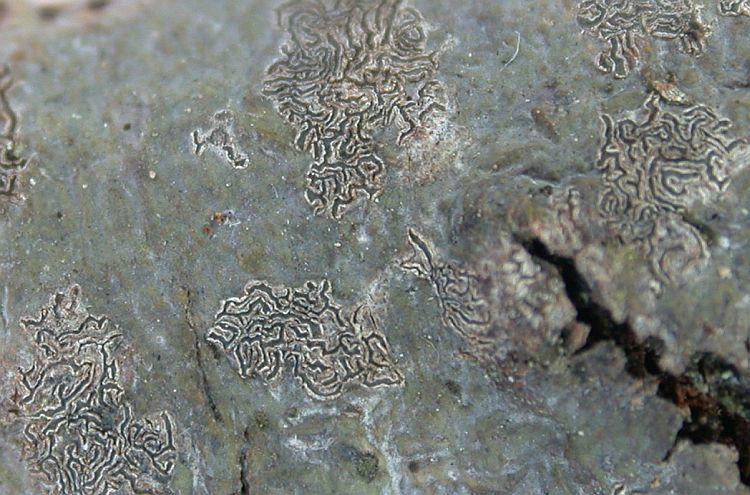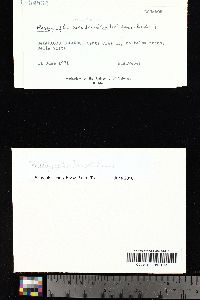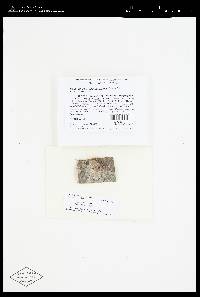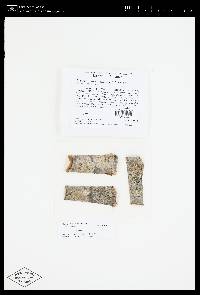
- Home
- Search
- Images
- Species Checklists
- US States: O-Z >
- US National Parks
- Central America
- South America
- US National Parks
- Southern Subpolar Region
|
|
|
|
Family: Graphidaceae
[Creographa brasiliensis A. Massal., moreGraphis subtigrina Vain., Graphis tigrinella f. subtigrina (Vain.) Vain., Phaeographina brasiliensis (A. Massal.) Zahlbr., Phaeographis subtigrina (Vain.) Zahlbr., Sarcographa tricosa f. subtigrina (Vain.) Zahlbr., Ustalia brasiliensis (A. Massal.) Stizenb.] |
MB# 383762 TYPE. “Hab. Ad truncus arborum in Brasilia. Herb Massal.” (Massalongo 1860). BRAZIL. Locality unknown, Anonymous s.n. (VER, holotype). Description. Life form: lichenized fungus. Thallus crustose, olive green to yellowish green, thin, continuous; surface smooth, slightly glossy; prothallus indistinct or as thin dark line at thallus margin; vegetative diaspores absent. Photobiont trentepohlioid alga. Ascomata lirellae, flexuose, stellately branched and forming dense, pseudostromatic clusters, immersed, lacking thalline margin except for thin margin visible at the periphery of the clusters, 0.5-1.5 x 0.15-0.30 mm; disk exposed, brown-black, white-pruinose and appearing grayish. Epihymenium brown; hymenium hyaline, clear, 80-110 μm high. Asci 8-spored; ascospores pale brownish, 3-septate, 15-22(-25) x 6-9 μm. Chemistry. UV-, K+ yellow turning red, KC-, C-, PD+ yellow or orange; norstictic and connorstctic acids. Substrate and Habitat. Corticolous hardwood trees. Distribution. Pantropical; in North Carolina found in the Coastal Plain and Blue Ridge ecoregions; expected throughout. Literature Archer, A.W. (2009) Graphidaceae, Flora Australia 57: 84–194. Lendemer, J.C. & N. Noell. (2018) Delmarva Lichens: An illustrated manual. Memoirs of the Torrey Botanical Society 28: 1-386. Lücking, R., F. Seavey, R. Common, S.Q. Beeching, O. Breuss, W.R. Buck, L. Crane, M. Hodges, B.P. Hodkinson, E. Lay, J.C. Lendemer, R.T. McMullin, J.A. Mercado-Díaz, M.P. Nelsen, E. Rivas Plata, W. Safranek, W.B. Sanders, H.P. Schaefer Jr., & J. Seavey. (2011) The lichens of Fakahatchee Strand Preserve State Park, Florida: Proceedings from the 18th Tuckerman Workshop. Bulletin of the Florida Museum of Natural History 49(4): 127-186. Massalongo, A. (1860) Catagraphia nonnullarum Graphidearum brasiliensium. Verhandlungen der Zoologisch-Botanischen Gesellschaft Wien 10: 675-686 (original description). Sutjarittturakan, J., W. Saipunkaew, K. Boonpragob & K. Kalb. (2014) New species of Graphidaceae (Ostropales, Lecanoromycetes) from southern Thailand. Phytotaxa 189(1): 312-324. |




















